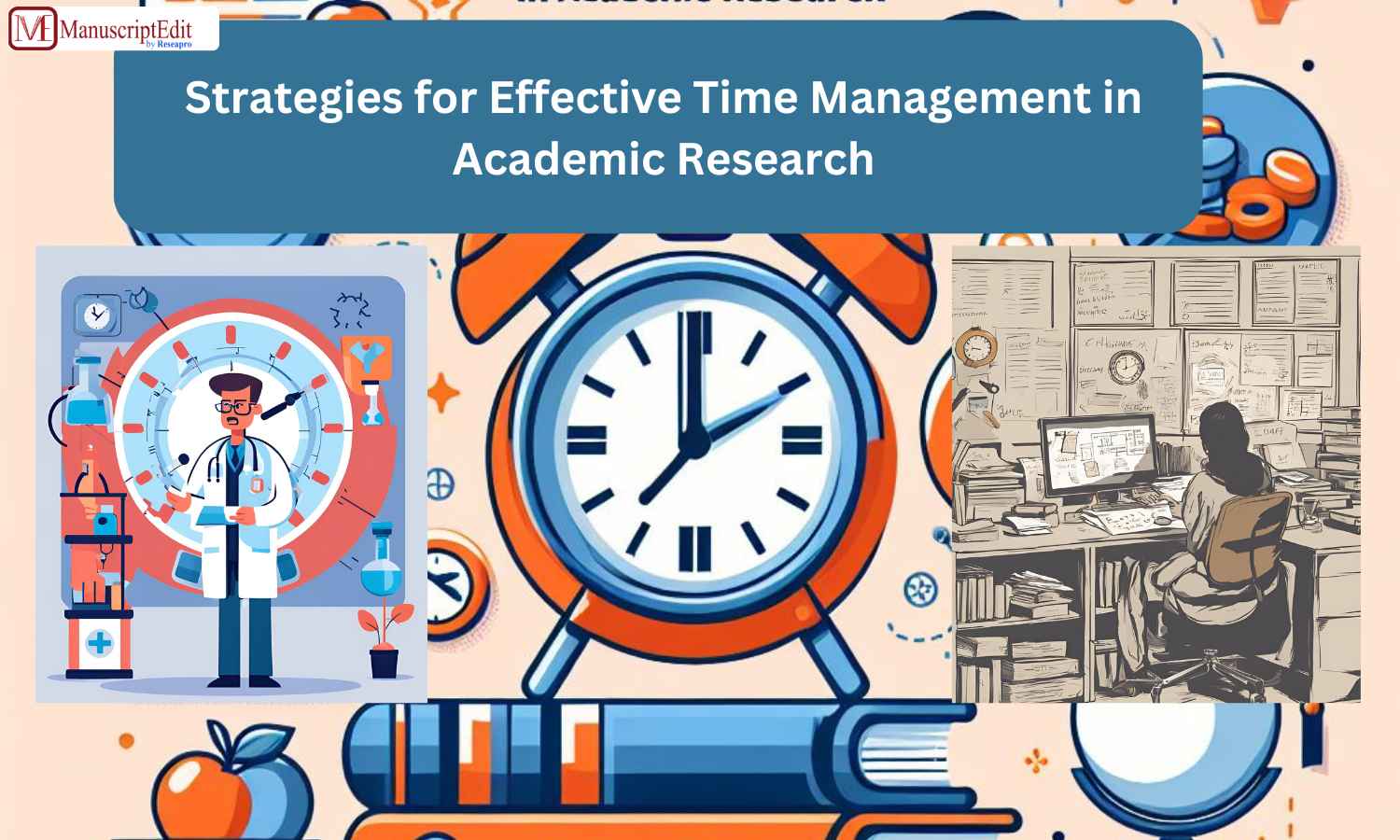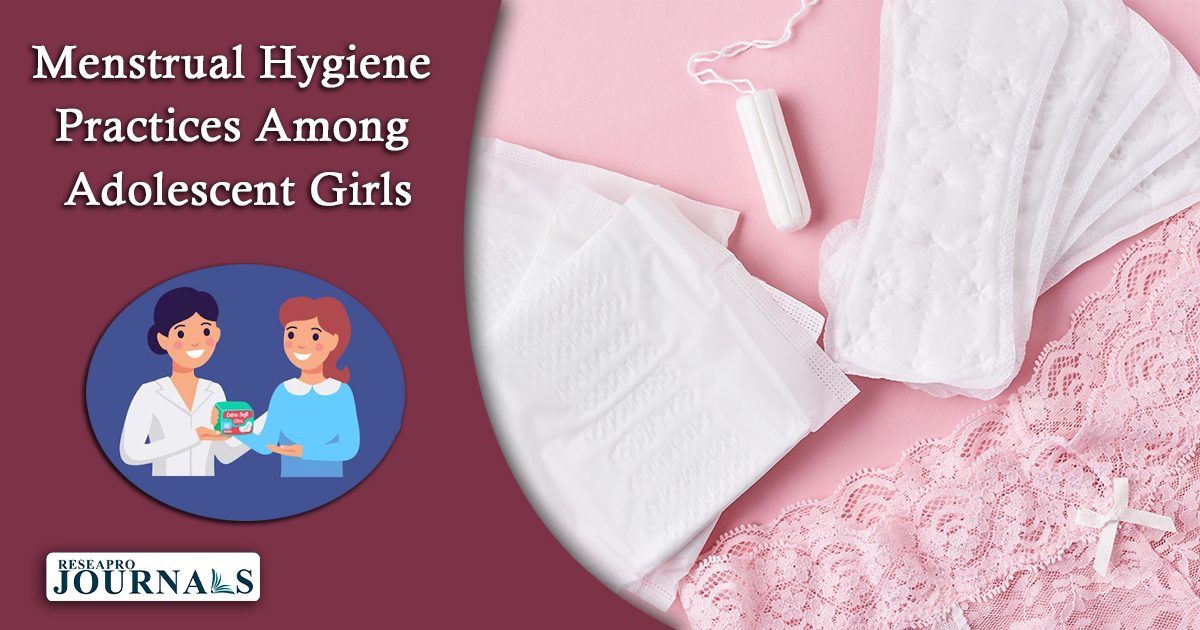Matters get complicated when a document has different levels of audience – primary, immediate and secondary – who have different interests and/or subject knowledge. Such cases make it difficult to imagine who you are writing to. A solution to this problem is to include a section that gives background and definitions of terminology for novices, and/or to include an appendix with more technical details for experts. This way you would be distributing information in a clearly marked and accessible way to the different groups of readers. Returning to the example of the article to the editor, you should include a letter with your article explaining to the editor your goals in writing the article, and justifying your content and stylistic choices (indeed article submissions are generally accompanied by a proposal). This way you address the editor’s concerns, and cater for your primary audience’s anticipated questions. These factors of audience analysis will become increasingly familiar and relevant as you progress through your writing experience.
Related Posts

Strategies for Effective Time Management in Academic Research
Academic researchers must be adept at managing their time to handle several projects, be productive, and fulfil deadlines. Effective time management techniques are essential because researchers must prioritize tasks, maintain focus, and accomplish their study goals despite obstacles, including heavy workloads, close deadlines, and distractions. What is academic productivity in research? Academic productivity is the […]
CONCISENESS
In professional writing, being direct is important, because in many cases, ‘time is money’, and readers want to know if a document answers their question or addresses their need without having to analyse it in detail. Some writers believe that by including as many details as possible and repeating information, they become clearer. However, by […]

Menstrual Hygiene Practices Among Adolescent Girls
Let’s talk about Menstrual Hygiene among Adolescent Girls 💪🩸❤️ 🌸 It’s vital to ensure that our young girls have access to proper hygiene during their periods. Educate them about using clean, absorbent pads or menstrual cups, and the importance of regular changes. Encourage open conversations about menstruation to reduce stigma. Access to clean water and […]
